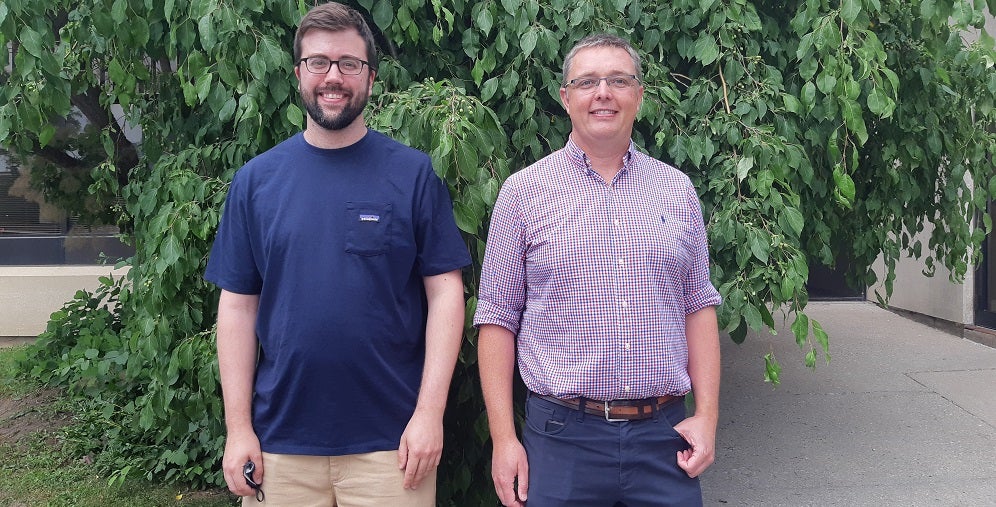Associate Chair of Undergraduate Studies, Jason Grove partnered with Neil Randall, Executive Director of the Game Institute and Ph.D. candidate Alex Fleck to create an interactive computer game where students can learn the mechanisms of the cap-and-trade system. Collaboration on the game design began in 2021 with a $70,000 grant from Ontario Virtual Learning Strategy. Transdisciplinary synergy that connects talent is at the heart of University of Waterloo’s culture, research and initiatives. Games Institute Executive Director, Neil Randall commented on the Game Institute’s role in the project,
The Cap-and-Trade Simulation exemplifies the sort of innovative interdisciplinary collaboration that the Games Institute fosters. Not only is it a great example of knowledge translation through games, but it also clearly serves a greater good. This is what happens when you bring together subject matter experts and great game designers and give them the resources to get things done.
The game
In the game, there are five possible roles. One player acts as a regulator who decides how the scheme is set and oversees the game. The other players assume the role of one of four regulated industries and must make decisions about how to comply with the scheme. The game presents the player with a variety of real-world scenarios. Players can choose to invest in reducing emissions or they can buy credits from the market.
Cap-and-trade systems work by setting a cap on the total amount of carbon emissions that can be released in a jurisdiction. Regulated facilities in effect are given a reduction target and must decide how to reach it. These decisions bring trade-offs. Should they invest in technology that directly reduces CO2 release or purchase credits in the market? Increasing production will result in an escalation of emissions, but also brings additional income that could be invested to balance this.
There are also emissions from unregulated emitters-facilities below the threshold as well as unchecked sectors like households. For instance, if a person commutes to work by car, their vehicle generates carbon emissions. If that person switches to an electric car they could have the reductions achieved in a year certified to become “offsets” that can be sold in the market. While this would be impractical for a single car, offsets are an important part of the market mechanism since they encourage low-cost reductions to be achieved.
It sounds simple however, the intention of the game is to aid students in realizing the contentious and often political nature of the cap-and-trade system. One challenge is ensuring offsets are permanent. Consider the example of an afforestation project, where trees store carbon as they grow. In the event of a forest fire, this carbon removal is reversed. This is simulated in the game using dice roles that can result in an increase in market price. Students explore this and other complicated scenarios as they face the outcome of their decisions within the simulation.

Environmental impact
The intended impact of this “serious” game is to educate students about the complexity of issues around the cap-and-trade system through experiential learning. By playing the game, students recognize the advantages and disadvantages of the choices they make. If the regulator sets the cap too high, carbon emissions will not be reduced, if it’s set too low companies will struggle to comply and may even take their business to another jurisdiction. Grove explains why the game was created,
It’s important to develop this teaching tool because people have heard of cap-and-trade, however, it’s difficult to understand how it works, hopefully, and this game will give students ideas of how cap-and-trade can achieve emission reductions.
Future game applications
The game is already proving it has useful applications and will be used in an international collaboration titled 2D-MATURE that will train graduate students to take 2D materials from theoretical to commercialized products. The game will be used by trainees to develop soft skills necessary for environmental responsibility. The game is available in two formats, as an online game or a board game version both featuring original art created by University of Waterloo alumnus Krystyna Oakman. This game is considered a free resource that is available to anyone who wishes to use it as a teaching tool. The game is available to download through the ecampus Ontario Open Library. Learn more about the game on the Games Institute Website.